Proven Small Yard Layout Ideas: Trustworthy Planning for Future Growth & Maintenance

Small yard layout ideas, incorporating vertical gardening, smart technology, and strategic design, t…….
Introduction
Landscape planning is an intricate process that blends art, science, and management to create functional, beautiful, and sustainable outdoor spaces. This article delves into the multifaceted nature of “Planning Landscape Layouts,” exploring its core components, historical context, significance, and the role it plays within the broader landscape. Readers will gain insights into the principles that underpin effective landscape planning, the global impact of this practice, economic considerations, technological advancements, policy influences, challenges faced, and future prospects. By understanding these elements, you’ll be equipped to create landscapes that are not only aesthetically pleasing but also environmentally responsible and economically viable.
Understanding Planning Landscape Layouts
“Planning Landscape Layouts” involves the thoughtful arrangement of natural and constructed elements within a space to achieve specific environmental, ecological, and aesthetic outcomes. Core components include site analysis, design principles, plant selection, and integration of human activity. Historically, landscape planning has its roots in ancient civilizations, evolving through various styles such as formal gardens in Europe to the more naturalistic designs of the 20th century. Today, it encompasses a wide range of settings from urban parks to rural estates, reflecting a deep understanding of both the environment and human needs.
Global Impact and Trends
The influence of “Planning Landscape Layouts” is evident across the globe, with trends reflecting local climates, cultural values, and ecological concerns. In North America, for example, there’s a growing emphasis on sustainable and native landscapes, while in Europe, there’s a focus on historical restoration and biodiversity. Asia Pacific regions are rapidly urbanizing, leading to innovative space-efficient designs. Africa and Latin America showcase landscapes that prioritize ecological conservation and community engagement. These regional differences highlight the importance of tailoring landscape plans to local contexts.
Economic Considerations
Landscape planning is not just an aesthetic endeavor but a significant economic factor. Market dynamics for outdoor spaces vary from residential gardens to public parks, influencing investment patterns. The landscaping industry contributes to job creation and stimulates economic growth by promoting tourism, increasing property values, and fostering community well-being. In economic systems, “Planning Landscape Layouts” serves as a tool for sustainable development, often supported by government initiatives and private investments.
Technological Advancements
Technology has revolutionized landscape planning with advancements like Geographic Information Systems (GIS), Building Information Modeling (BIM), and drone technology. These tools enable more precise site analysis, 3D visualization, and resource management. The integration of smart technologies, such as irrigation systems with moisture sensors, further enhances the sustainability of landscape designs. Looking ahead, virtual reality and artificial intelligence could transform how we experience and plan landscapes.
Policy and Regulation
A robust framework of policies and regulations guides “Planning Landscape Layouts,” ensuring that environmental and social impacts are considered. These include zoning laws, conservation easements, and sustainability standards. In the United States, for example, the National Environmental Policy Act (NEPA) and Leadership in Energy and Environmental Design (LEED) certification influence landscape planning practices. Internationally, the International Federation of Landscape Architects (IFLA) sets professional standards that guide the profession.
Challenges and Criticisms
“Planning Landscape Layouts” faces challenges such as climate change, urban sprawl, and resource scarcity. Criticisms often revolve around the balance between human needs and ecological preservation. Solutions include adopting sustainable materials, promoting native species, and designing for resilience against extreme weather events. Engaging with communities and stakeholders is crucial to ensure that landscape plans are both functional and aesthetically pleasing.
Case Studies
Several case studies exemplify the successful application of “Planning Landscape Layouts.” The High Line in New York City transformed a derelict elevated railway into a public park, setting a new standard for urban green spaces. The Millennium Park in Chicago showcases innovative design and sustainable practices. These case studies provide valuable lessons on integrating community needs, revitalizing urban environments, and creating landscapes that endure over time.
Future Prospects
The future of “Planning Landscape Layouts” is promising, with a focus on sustainability, resilience, and community engagement. Emerging trends include the integration of green infrastructure into urban design, the use of permeable paving to manage stormwater, and the creation of wildlife corridors. Strategic considerations involve adapting to climate change, leveraging technology for more efficient design processes, and ensuring that landscapes are inclusive and accessible to all.
Conclusion
“Planning Landscape Layouts” is a critical field that combines environmental stewardship with human enjoyment. It plays a vital role in shaping our outdoor spaces, influencing economic systems, and addressing global challenges. By understanding the principles, trends, and future directions of landscape planning, we can create environments that are both beautiful and sustainable, enhancing the quality of life for generations to come.
FAQ Section
What is “Planning Landscape Layouts”?
Planning Landscape Layouts encompasses the processes of analyzing, designing, and managing outdoor spaces to meet environmental, ecological, and human needs.
Why is landscape planning important?
Landscape planning is important for creating sustainable, healthy, and beautiful environments that support biodiversity, provide recreational spaces, and contribute to economic vitality.
How does technology impact landscape planning?
Technology enables more precise design, efficient resource management, and innovative solutions for environmental challenges. It also allows for better public engagement and visualization of designs.
What are some common challenges in landscape planning?
Common challenges include balancing human use with ecological preservation, adapting to climate change, and managing limited resources.
Can you give examples of sustainable practices in landscape planning?
Sustainable practices include using native plants, incorporating rain gardens and green roofs, and designing with the natural hydrology of the land.
This summary provides an overview of the various aspects of “Planning Landscape Layouts” and its significance in shaping our relationship with the environment.

Small yard layout ideas, incorporating vertical gardening, smart technology, and strategic design, t…….

DIY landscape planning is a game-changer for homeowners, allowing them to create stunning, accessibl…….
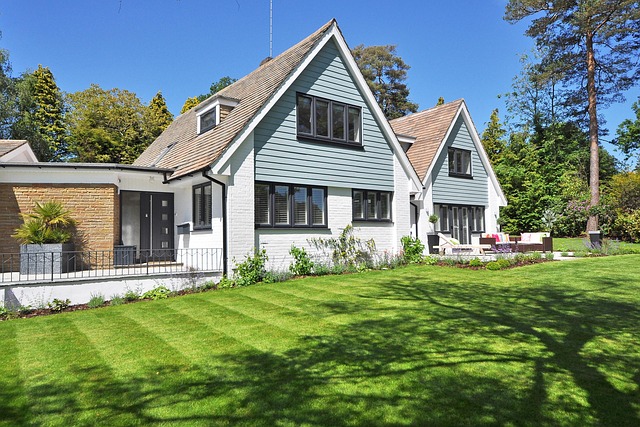
DIY landscape planning transforms outdoor spaces into functional, aesthetically pleasing, and sustai…….
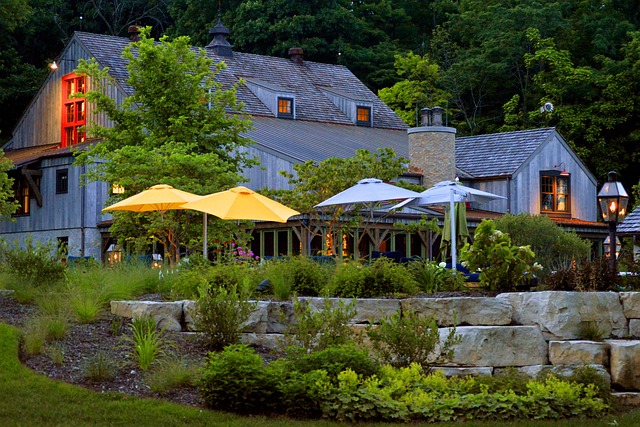
[Your Company Name] excels in garden layout planning, transforming backyards into vibrant oases that…….
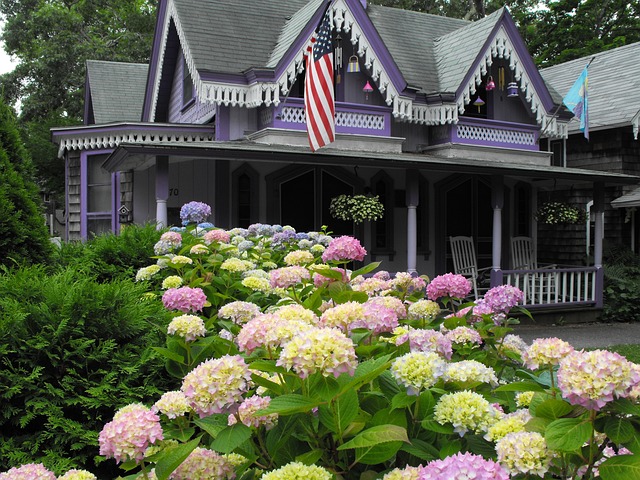
Optimizing your small yard through strategic layout ideas enhances outdoor living, transforming it i…….

Garden layout planning that incorporates layering plants creates visually stunning textures and capt…….
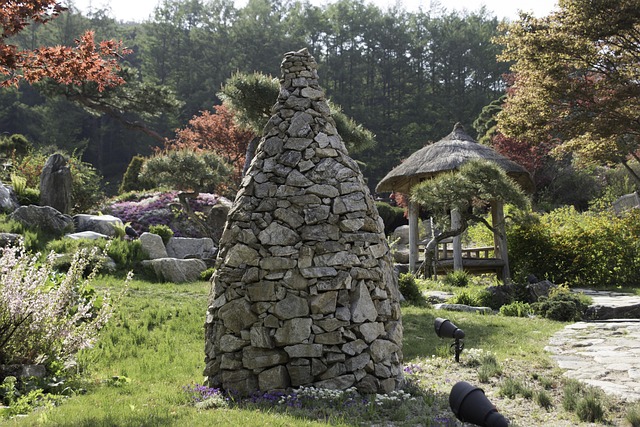
Transform your backyard design layout with strategic texture layering techniques, creating a vibrant…….

Strategic grouping of plants based on sunlight and water needs in landscape layout ideas fosters hea…….
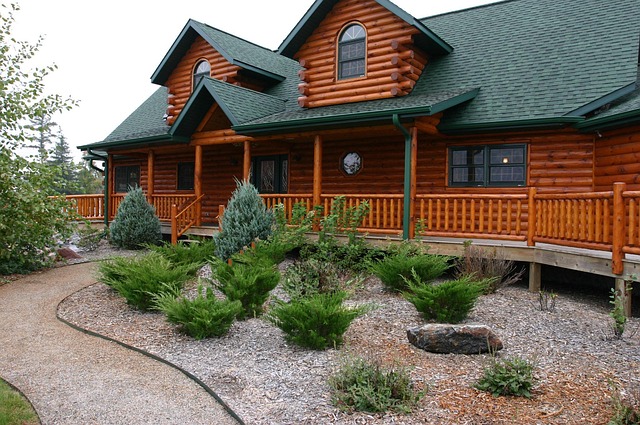
DIY landscape planning is a transformative DIY endeavor empowering homeowners to optimize outdoor sp…….